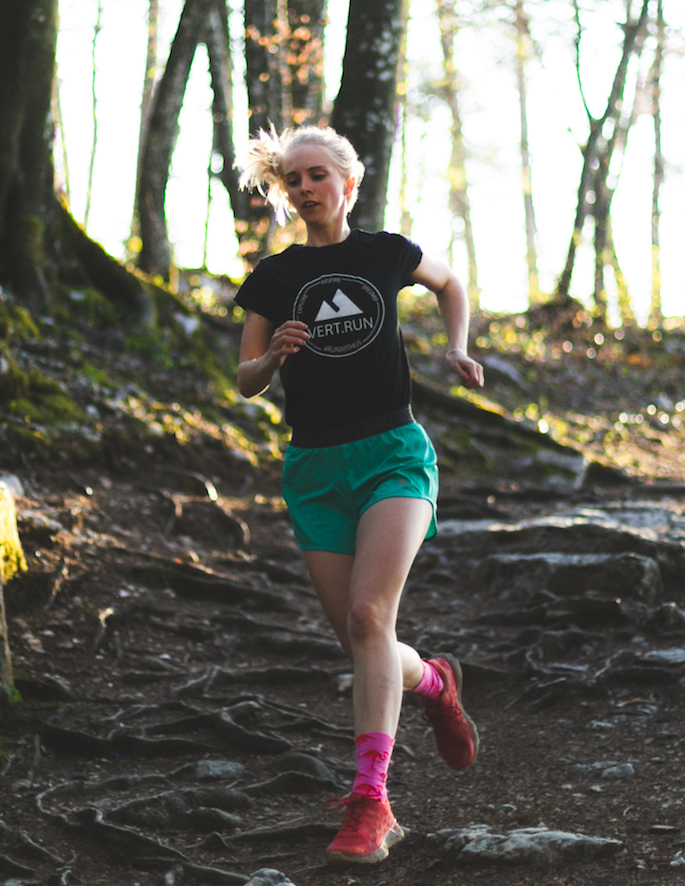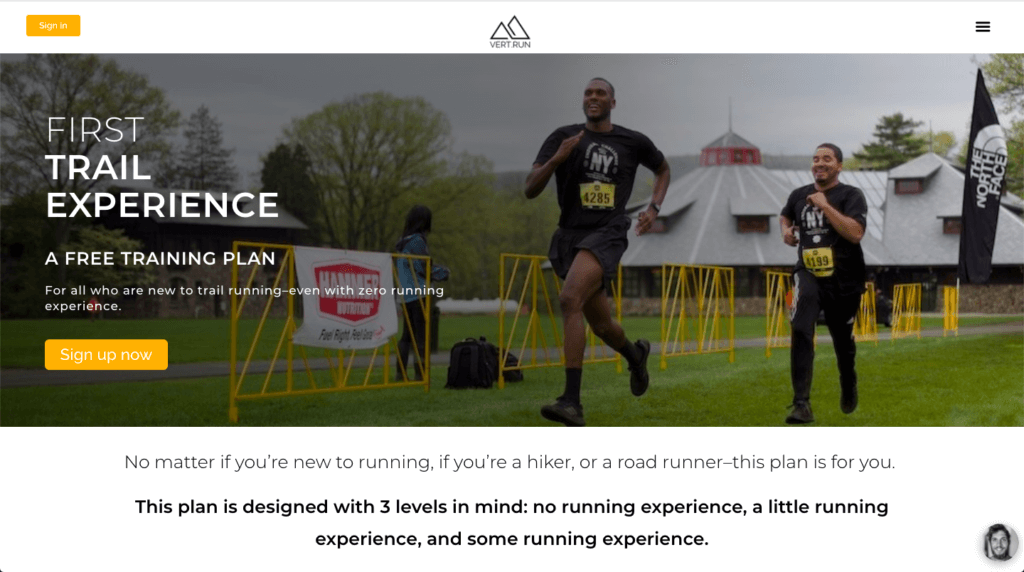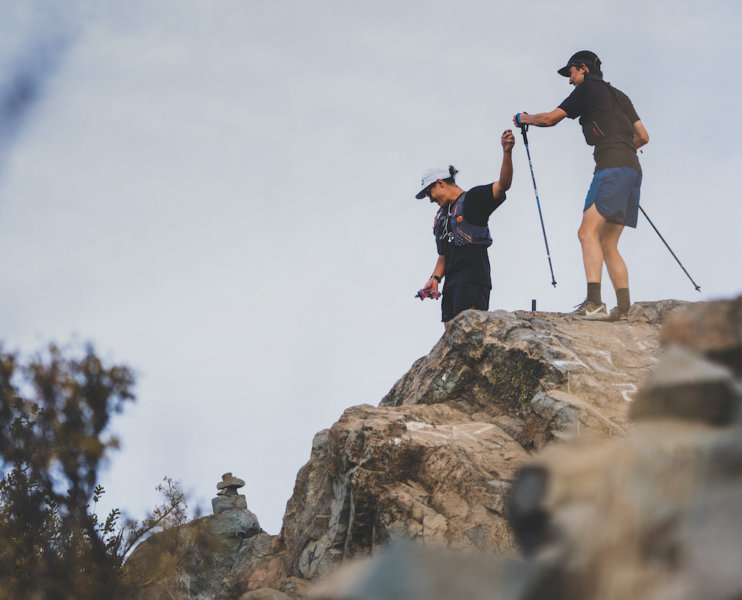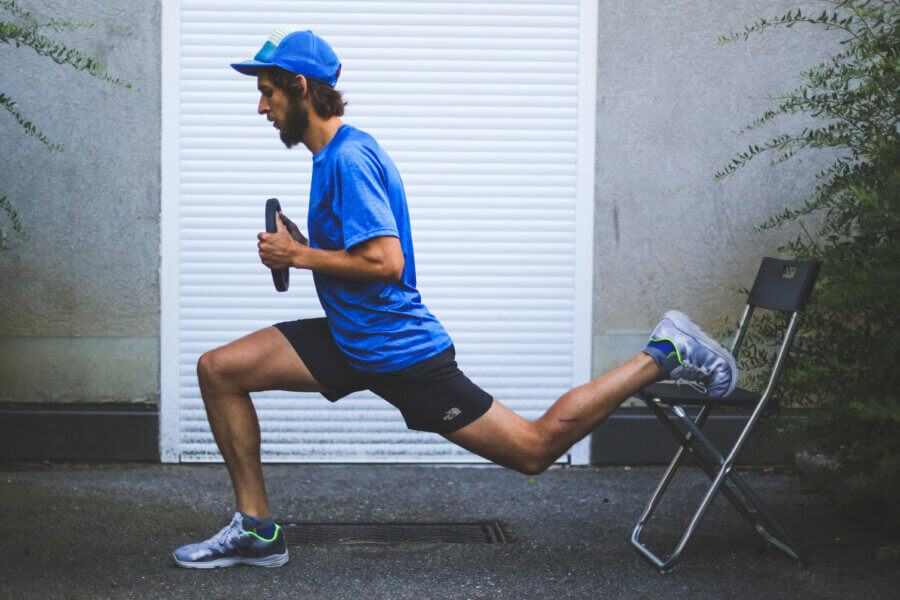For those of you experienced road runners out there, switching over to the trails might not sound like a big deal–but if you start to trail run with a road running background, all those years of pavement are actually a little bit of a double-edged sword. Why? The truth is that as a road runner, you come with the disadvantage (yep, disadvantage) of already knowing one thing: you already know how far you’re capable of running.
Those of us with a background in road running (or track and field, or even cross country) tend to fixate on the idea of “distance.” This is ingrained in us from the very beginning: remember running “the mile” in fifth grade gym class?
The reality of trail running, though, is very different. Running on the trails comes with two new, main focus-points: time and elevation gain. The altitude of a trail run alone is a whole new factor for you as a road runner to factor in–your trail miles aren’t always going to be comparable time-wise to your road miles, and in order to switch over to the trails injury-free, it’s important to respect the distance.

So, start conservatively. Think “slow and low”–slow for speed, low for elevation gain.
Start with shorter distances, even if you regularly rock super-long road runs. For example: if you’re comfortable with a long road run of 13 miles, you should start out by running six to nine miles on the trail. (Don’t jump straight into going out for a half-marathon of a trail run.) Once you feel good running up to 10 miles on the trails, then you can give yourself the green light to up your distance.
Checkout our first trail experience (free) training plan. 8 weeks of training, specifically designed to become a mountain trail runner.
Finally, since we all love a good list, here are some things to keep in mind when starting trail running:
- Start slow and low. When starting to run on the trails, run fewer miles than you normally would on the road. Then, over time, you can up the distance (and elevation gain.)
- Don’t obsess about your speed (way more easily said than done, we know.) But in the mountains, altitude and terrain play a starring role in determining how long a run takes you. Running a 10k in the mountains can easily take double the time it would on the road.
- Your normal running shoes are totally fine gear-wise for your first trail runs. You don’t have to run out and buy trail running shoes right off the bat–once you start to understand how your body moves on the trails, you’ll have a better idea of what to look for in terms of gear and shoes. Checkout our list of the best 2020 trail shoes.
- Don’t let anyone pressure you into signing up for a race before you’re ready. Races are great motivators, but we suggest waiting until you feel well-trained and comfortable on the trails before toeing your first trail race starting line.
- Ultras are rad, but they’re not the end-all be-all of trail running. You’ll have tons of time to work your way up to running an ultramarathon if that’s your dream, but remember: you only have one body, and it’s better to build slow and strong.
- Round up some other road runners to try out the trails with you. Even if your main goal is still to train for road races, trail running is an excellent training complement and can build both your physical and mental endurance






